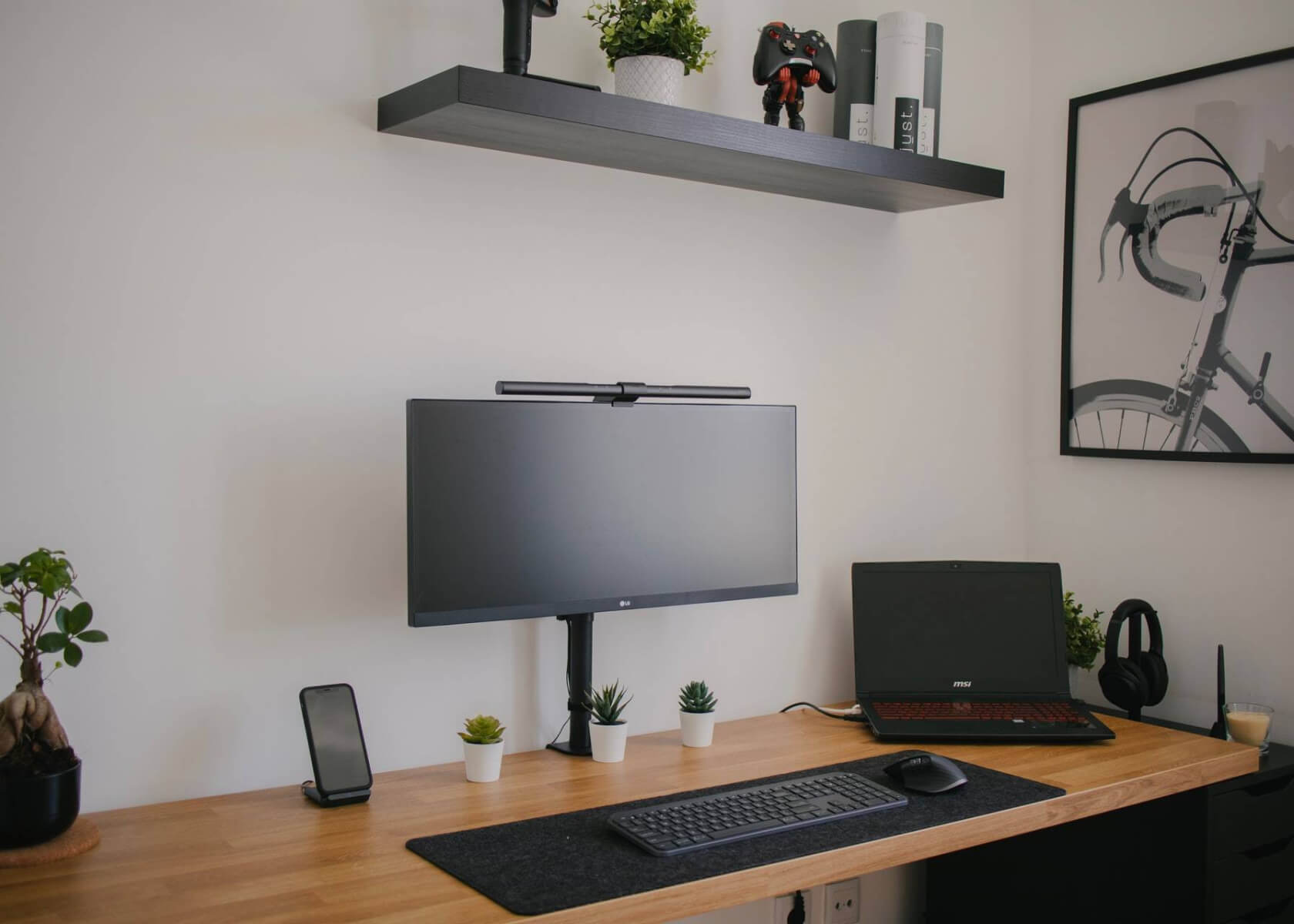Transforming Notion Pages into Reusable Templates: Boost Efficiency and Consistency in Your Projects

New to Notion?
How to Turn an Existing Notion Page into a Template for Reuse, Efficiency, and Consistency in Your Projects
Notion is a powerful all-in-one productivity tool that lets you create and organize information in flexible, customizable ways. One of its most useful features is the ability to turn existing pages into templates that you can reuse across different projects, teams, or personal workflows. In this article, we will explore how to transform an existing Notion page into a template, helping you achieve greater efficiency and consistency in your work.
Understanding Notion Templates
Notion templates are pre-designed pages or layouts that serve as a framework for a specific purpose or task. They let you start with a predefined structure, placeholders, and content that you can later modify to suit your needs. Templates are incredibly versatile and can be used for many purposes, such as project management, meeting agendas, to-do lists, and more.
Identifying a Page to Convert into a Template
Begin by choosing an existing Notion page that you frequently recreate or one whose structure could benefit from standardization across your organization. Once you have your candidate page selected, follow these steps to transform it into a versatile template.
Duplicate the Page
The first step is to duplicate the page you want to convert. This way, your original content remains intact while you work on the new, generic version. To duplicate a page in Notion, right-click the page in the sidebar or click on the "..." icon at the top right of the page and select Duplicate. Rename the duplicated page to indicate its template purpose.
Remove Specific Content
Review the duplicated page and remove any specific or sensitive information. For example, if you are creating a project template, remove project names, deadlines, or any data that should not be reused. The aim is to keep the template as generic as possible so that it can be reused without extensive modification.
Customize Placeholders
Next, update any placeholders or variables that require project-specific information. Look for areas where you’ve used generic text or markers such as Client Name or linked placeholders like Due date. Replace these with clear instructions on what information should be inserted (for example, using highlighted text or inline code like Client Name).
Structure and Organization
Ensure that your template is logically organized and user-friendly. Use headings, subheadings, bullet points, and other formatting tools to create a clean, easy-to-navigate framework. A well-structured template makes it simple for anyone to understand the intended flow and know where to input the required details. For inspiration on visual design, check out this guide on creating appealing templates.
Customization Options
To build a flexible template that adapts to various needs, consider incorporating Notion’s interactive elements:
- Page Properties: Add properties like select, multi-select, or date fields to capture metadata or classify information. This can be especially useful if your template will be part of a larger workflow.
- Inline Databases: Embed inline databases to allow users to track multiple related items on the same page.
- Template Buttons: Use Notion’s template button feature to generate new sections or subpages dynamically. This makes the template even more modular and scalable.
By including these customization options, you empower users to tailor the template to their specific needs while maintaining a consistent overall layout.
Sharing and Reusing Templates
After transforming your page into a template, it's time to share it across your projects or with your team. Sharing a Notion template works just like sharing any other page. Click Share in the top right corner and adjust the settings to share with specific individuals, team members, your entire workspace, or to generate a public link.
To reuse a template:
- Create a new page in Notion and choose the template when prompted, or
- Manually duplicate the shared template page.
Replace the generic placeholders with the accurate information for the new project, and your tailored page is ready to go—eliminating the need to rebuild the structure from scratch.
Conclusion
Transforming an existing Notion page into a template offers clear benefits in efficiency, consistency, and collaboration. By following the steps detailed above, you can repurpose your pages to suit multiple projects or share them seamlessly with your team. Creating well-organized templates in Notion streamlines workflows, boosts productivity, and provides a standardized approach to information management. Give it a try and unlock the full potential of Notion templates today!


